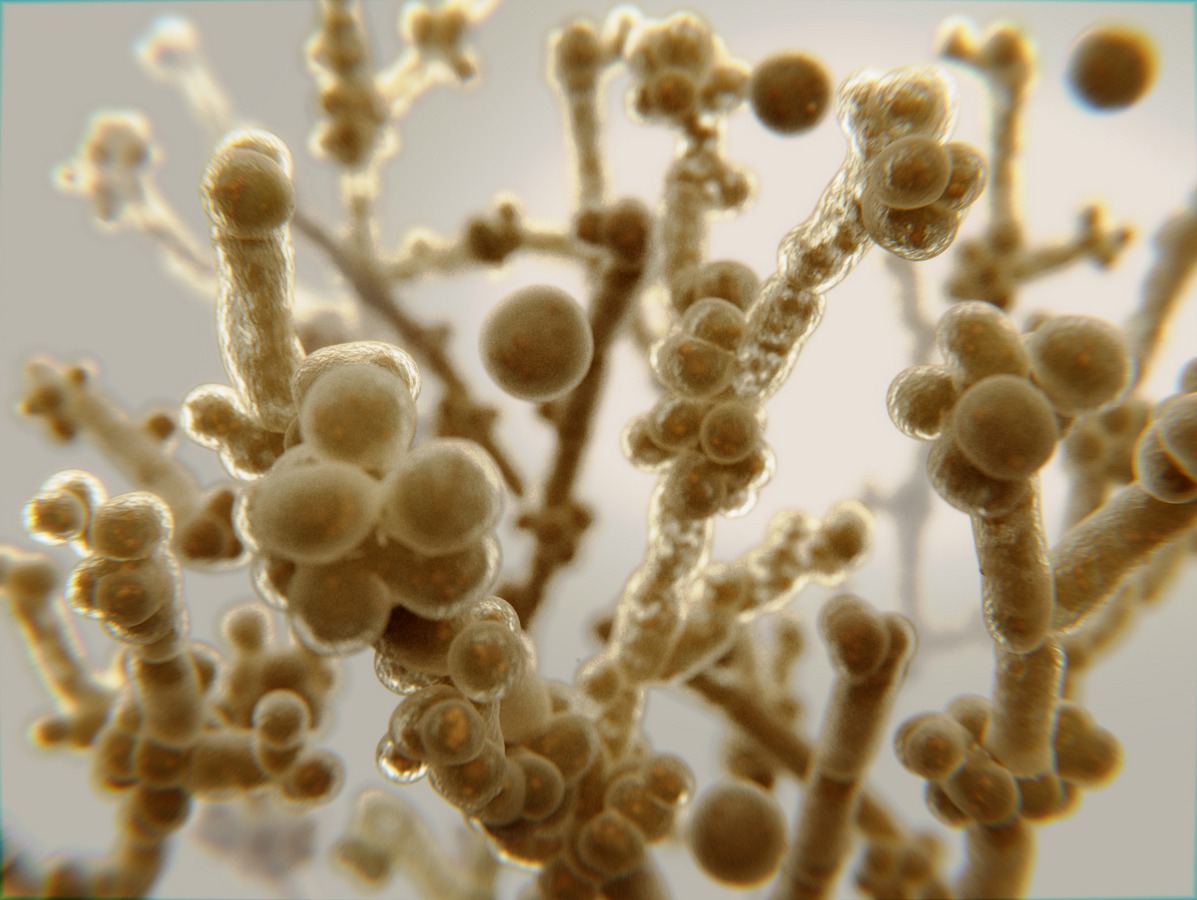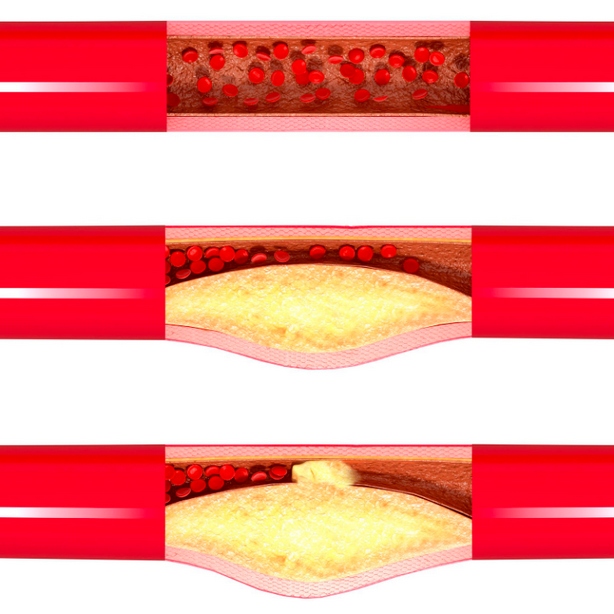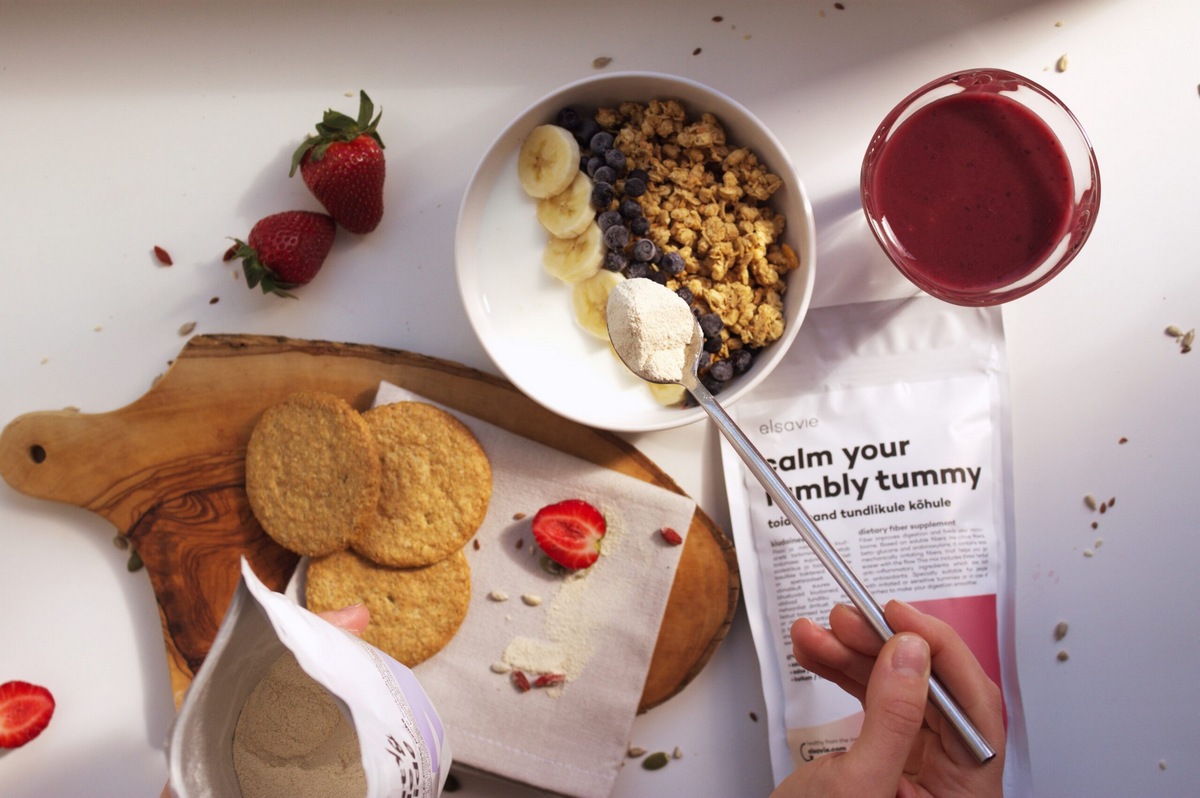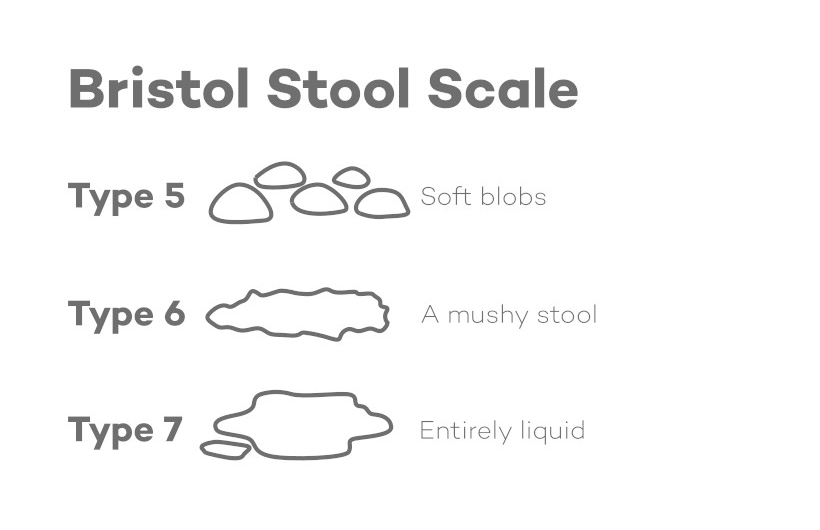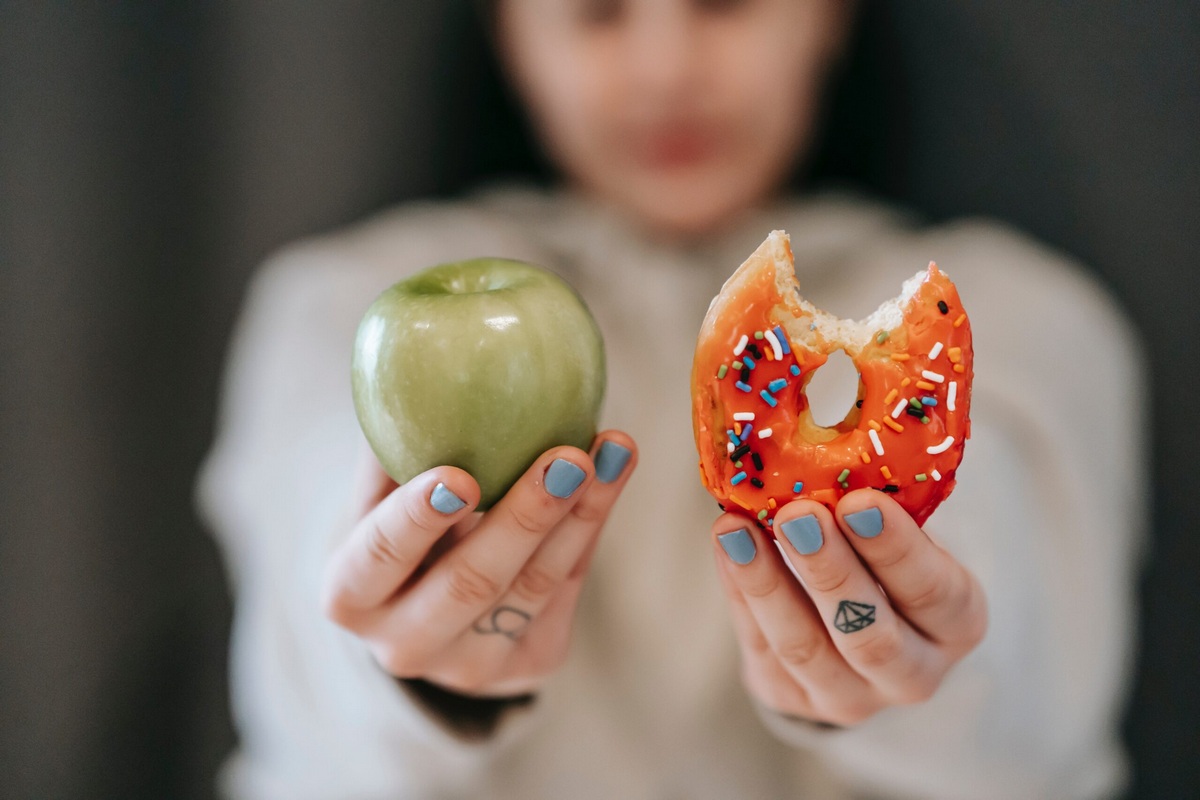Flatulence or farting is a perfectly normal part of our lives.
Yet, farting is associated with a lot of embarrassment and discomfort 😳.
But it shouldn’t be this way, as deep shame often keeps people from seeking help for serious health issues, causing unnecessary suffering.
Thankfully, knowledge about the topic can reduce embarrassment!
Therefore, to make you feel more comfortable with this topic in the future, we will tell you everything you need to know about flatulence below.
What causes flatulence?
An average person produces roughly 2 litres of intestinal gas per day and passes gas about 14 to 20 times.
Gas collects in two ways:
- You swallow air during eating and drinking, which then travels to the intestines.
The faster you drink and eat, the more air you swallow. Excessive air is later expelled through the mouth, i.e. by belching or burping, or through the rectum, i.e. by farting or passing gas.
In addition, smoking, drinking through a straw, and chewing gum may also cause you to swallow more air than normal. - Your gut bacteria break down food in the large intestine, creating gas.
Undigested food passes from the small intestine to the large intestine where it is broken down by bacteria. As a result of this, gases such as oxygen, nitrogen, hydrogen, carbon dioxide, and methane are produced.
Foods that cause excessive flatulence include carbohydrate- and polysaccharide-rich foods, such as beans, cabbage, whole-grain foods, fruits and vegetables.
What is the difference between flatulence and bloating?
In everyday language, the words “bloating” and “flatulence” are often used interchangeably, although, in reality, they refer to two different symptoms.
Bloating refers to pain, discomfort and a sense of fullness in the upper abdomen (area above the belly button and below the rib cage).
Bloating is caused by hormones, stress or inflammation in the upper intestines.
Flatulence, on the other hand, refers to excess gas in the lower abdomen (below the belly button) that stretches the intestines as it travels, resulting in sharp, stabbing pain.
Unpassed gas may cause bloating, but not vice versa.
Why do farts smell bad?

Interestingly, only about 1% of all farts actually smell bad.
Smelly farts can be blamed on gut bacteria that produce sulphur-containing compounds when breaking down food.
In addition, several other factors also contribute to foul-smelling flatulence:
- Slow-digesting and non-digesting fibre-rich foods.
These kinds of foods take a long time to digest and since they stay in the intestines for a significant amount of time, they eventually start to ferment, causing the bad smell.
Many plant-based foods also contain sulphur which contributes to the distinctive and pungent smell profile.
What to do?
Did you eagerly start eating large amounts of fibre and plant-based foods and your stomach can’t handle digesting them all at once?
In such a case, a simple reduction in portions should help, after which you can slowly start increasing the portions again week by week. - Food intolerances.
Smelly gas is also produced if you are hypersensitive to certain types of food or if your stomach cannot digest that type of food at all.
For example, in the case of lactose intolerance, the body is unable to digest lactose, a type of sugar found in milk and dairy products. Since lactose is not broken down in the body, it is fermented by bacteria, as a result of which the foul smell is produced.
Coeliac disease is the most difficult form of intolerance where the body cannot digest gluten. Continued gluten consumption with coeliac disease will eventually lead to inflammation, stomach ulcers, and malnutrition due to the complete loss of intestinal villi that are necessary for the absorption of nutrients.
If you have reason to believe that you may be suffering from a food intolerance, start by taking a food intolerance test and then determine the next steps based on its results. - Medicinal products.
Some medications may also be the culprits causing smelly farts.
For instance, antibiotics kill all bacteria in the gut, including good bacteria, and this, in turn, slows down digestive processes, causing food to ferment in the intestines for a long time.
If flatulence starts to affect your daily activities, contact your doctor to discuss changing your medication – stopping the treatment on your own may actually worsen your condition. - Constipation.
In the case of constipation, stool builds up in the colon and is difficult to pass due to its dry and hard composition.
The buildup of stool in the colon is an ideal breeding ground for bacteria which give off foul-smelling and painful gas.
As a temporary measure, over-the-counter laxatives can provide relief, but it is important not to overuse them as the body’s dependence on them will only intensify the problem long term, making the bowel lazy and unable to push the stool out on its own.
If you suffer from constipation on a regular basis, follow the recommendations provided in this blog post. - Colorectal cancer.
Though not very common, smelly gas may also be caused by colorectal cancer (also called colon or bowel cancer).
Colorectal cancer develops from polyps on the inner lining of the colon, which form blockages or obstructions as they grow. When obstruction occurs, both stool and gas start to build up in the intestine, resulting in particularly foul-smelling flatulence.
Should your family physician suspect you have colorectal cancer, additional tests and analyses can be performed and, if necessary, you will be referred to a specialist doctor for further testing.
What happens when you try to hold in farts?
Forcibly holding in gas for a long period of time causes great pressure in the lower abdomen, which in turn causes discomfort and pain. The longer you hold the gas in, the greater the pain.
Holding in farts may eventually lead to digestive issues and, in more severe cases, to heartburn.
In extreme cases, a repeated habit of holding in gas can cause diverticulitis, i.e. inflammation and bleeding of diverticula (bulging pouches in colon).
Interesting fact: if you don’t expel gas through farting, the gas will partially be absorbed into your bloodstream and exhaled in your breath. While you won’t feel a different taste in your mouth, the exhaled gas is still the gas from your intestines.
Tips for reducing excessive flatulence
Firstly, it is important to understand that flatulence is perfectly natural. As long as you are alive, breathing and digesting food, you will experience gas.
However, if you experience excessive gas and the discomfort caused by it on a regular basis, it is worth taking steps to improve your well-being.
Below are four steps to improve your well-being daily:
- Take your time eating and make sure you chew slowly – that way you will swallow less air and break the food into smaller particles. Smaller pieces of food are more easily digested;
- Eat 80% plant-based food – only plants contain the fibre that feeds the good gut bacteria responsible for healthy digestion. To get started, you can try this challenge or use Elsavie fibre supplements that can easily be incorporated into your daily menu;
- Be physically active each day – the more you move, the more actively your digestive system works to pass gas and stool. Even a 15–30-minute walk each day is enough to get you started;
- Learn how to manage daily (work) stress – chronic stress has negative impacts on digestion and causes more gas.
Practising yoga and mindfulness exercises, moving in nature, jogging, and engaging in creative activities are all excellent ways of reducing stress.
However, should you feel overwhelmed with anxiety or confusion, please do not hesitate to seek help from a psychologist, psychotherapist, coach, or supervisor.

